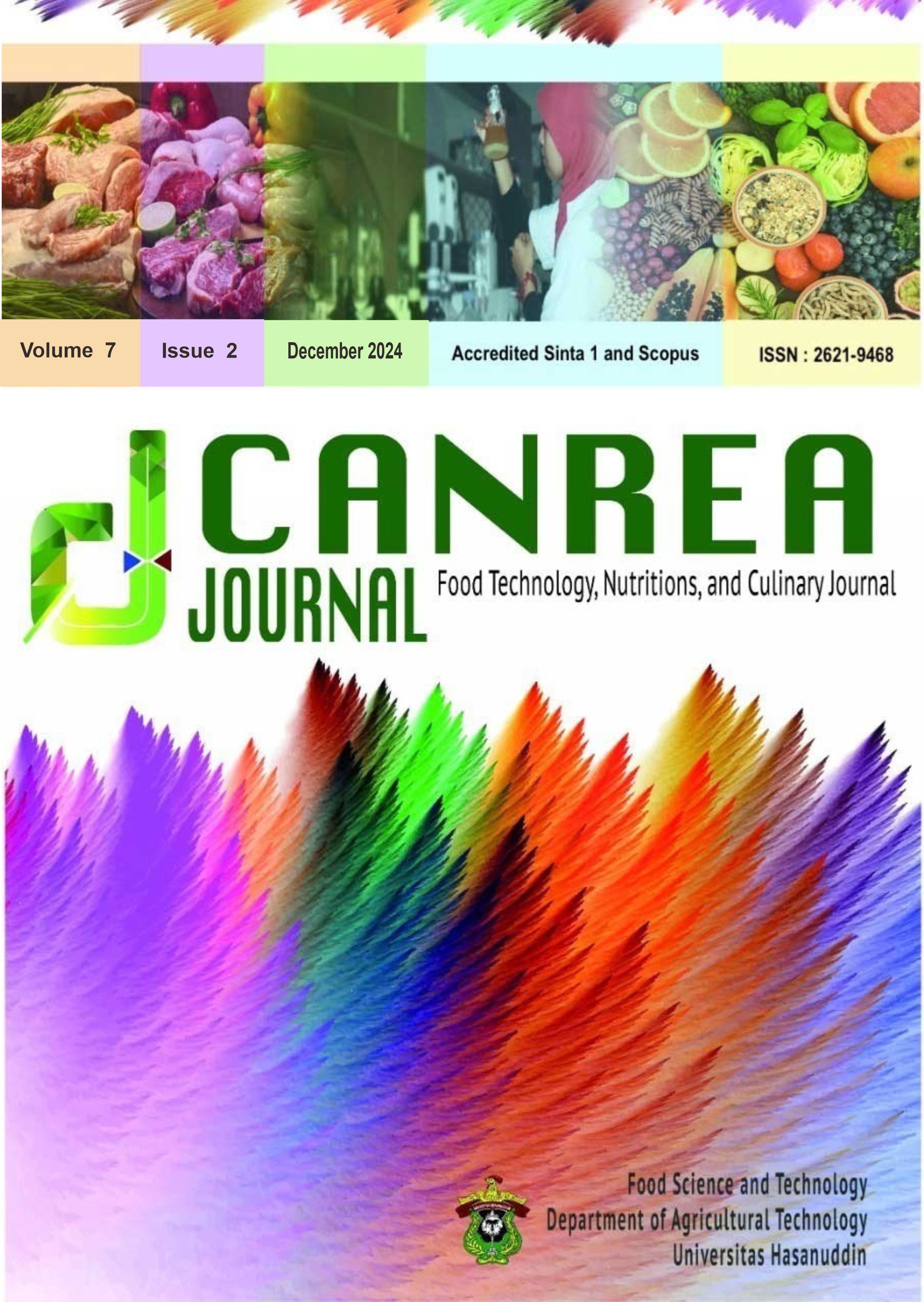Abstract
Cassava is predominantly produced in tropical regions, including Asia, Africa, and South America. In the developing countries, cassava includes in the big four comestibles with other commodities such as rice, wheat, and maize. It offers several advantages over other crops, such as affordability, ease of consumption, drought tolerance, the ability to grow on in marginal land at lower cost, and beeing the biggest producer of carbohydrates per hectare. However, cassava tuber is quickly perishable, because of its high-water content, making it more susceptible to rotting. To extend their shelf life, one approach is the production of modified cassava flour (mocaf). Mocaf is typically produced through a fermentation process by microorganism involving lactic acid bacteria. Studies have demonstrated that mocaf can serve as the primary ingredients for various food and various foods and snacks, such as cookies, cake, noodles, and others food traditionally made with wheat flour or starch-based material. Compared to regular cassava flour,
mocaf offers improved flavor and color and is also more cost-effective than wheat flour. The use of mocaf is promising since several studies also showed the use of mocaf to produce functional foods for human health. The purpose of this review was to elaborate the published articles on the production, biological activities, and functional food from modified cassava flour. The promising potential of mocaf is summarized, along with data on its biological activities in food and health contexts. Furthermore, recommendations for future research on the industrial applications of mocaf are provided.

This work is licensed under a Creative Commons Attribution 4.0 International License.
Copyright (c) 2024 Canrea Journal: Food Technology, Nutritions, and Culinary Journal


